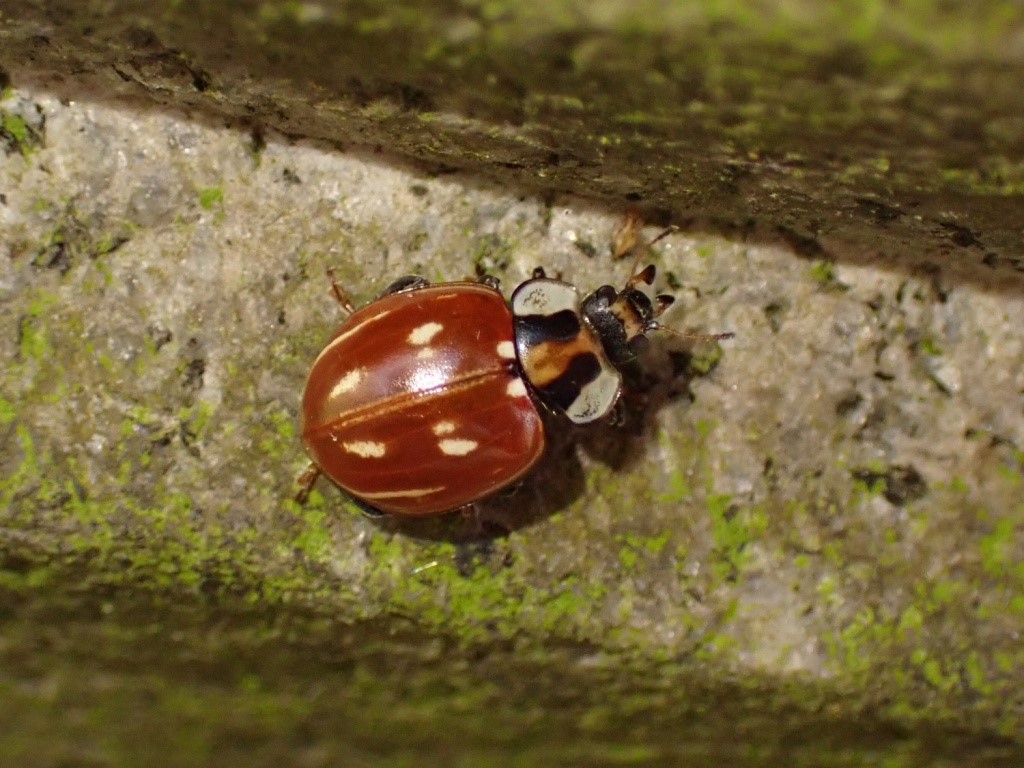With over 5,700 sightings shared of 27 ladybird species, discover the difference you’ve made so far as part of the North East Ladybird Spot in a new blog by NHSN Senior Naturalist, James Common
Three years into the North East Ladybird Spot, you’ve made an incredible difference to our knowledge of these colourful insects in North East England. By finding, photographing, and recording ladybirds, not only are you providing vital information on the distribution of ladybirds in our region, but revealing new details that will help researchers and conservationists monitor and project them in the future.
Surveying alone or in groups, from the uplands to the coast, you’ve covered an incredible area, leaving no stone unturned on the hunt for these beloved insects. While there is much more still to do, and plenty of new places to visit, this blog shares some of the trends, discoveries, and anecdotal observations revealed so far.
Your Top Five
Throughout the project so far, it comes as no surprise that the 7-spot Ladybird is your most recorded species (1,504 sightings). A familiar insect of gardens, grasslands and a whole manner of other habitats, this is the ladybird many of us see on a daily basis. Despite this, it is thought to be declining across Britain and your sightings are helping paint of a picture of how it is faring in our region. Linked to this, your second most recorded species, the Harlequin Ladybird (1,223 sightings), a non-native species, is clearly on the rise in the North East. Your sightings show this species is still restricted mainly to urban areas but is quickly spreading outwards.
At number three, we have the 2-spot Ladybird (475 sightings). This species is thought to be suffering as a direct result of colonisation by Harlequin Ladybirds and is now virtually absent from areas of Southern England. It is good to see it holding its own in our area but for how long this persists, the answer is unclear. Your sightings now and in the future will help monitor this trend.
Rounding off the top five, we have Orange Ladybird (381 sightings) and 10-spot Ladybird (378 sightings). Both of these species are stable and interestingly, the bulk of your sightings have come from cemeteries in urban areas, highlighting the value of our urban spaces for ladybirds. More on that soon!
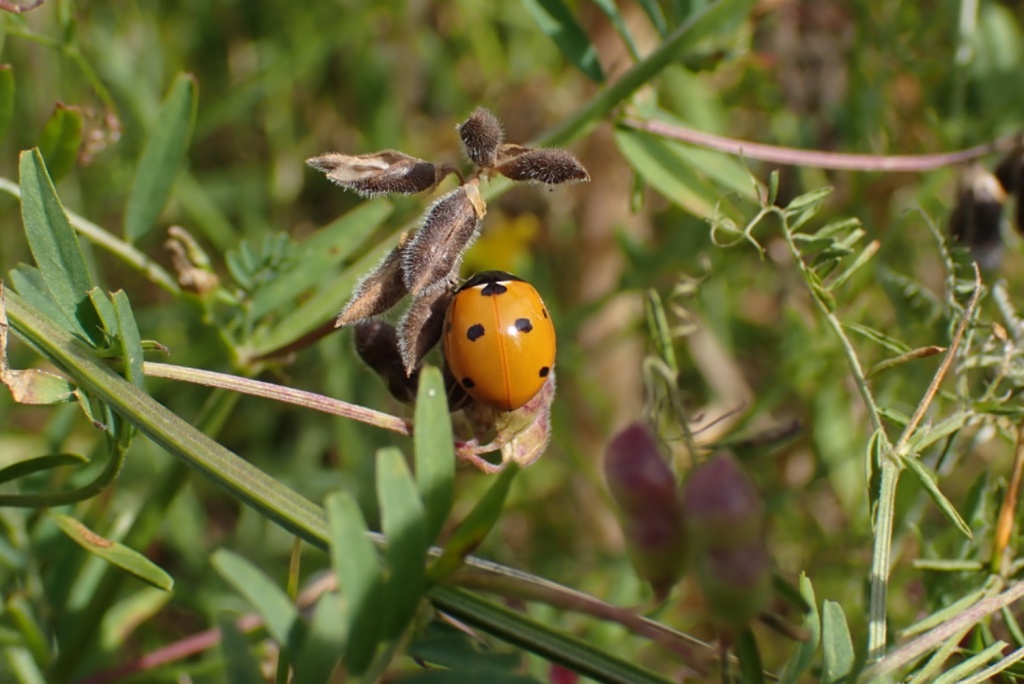
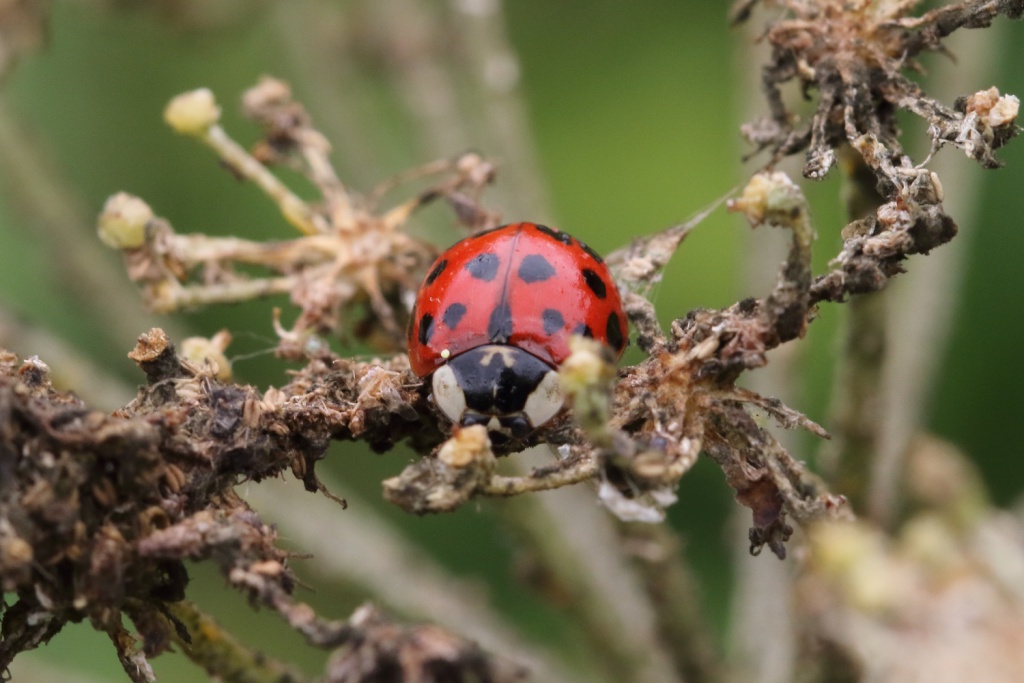
Changing Distributions
With increased recording and more people out there looking for ladybirds, the maps for several species have changed drastically as we learn more about their populations in the North East. The Pine Ladybird is a fantastic example of this. Until 2022, there were very few records of this species in our area – was it genuinely rare? Alas, no. Your sightings have revealed this species to be one of the commonest ladybirds regionally (308 sightings). A testament to the difference citizen science can make for local knowledge.
What about the ladybirds with even fewer historic records? Well, looking at the Heather Ladybird (18 sightings) we’re beginning to see a difference too. Recorded just once in Northumberland during the 1980s, this species has now been recorded at no fewer than five new sites in the county, including in the lowlands rather far from its typical home on heather moorland. Your sightings suggest that this cryptic little ladybird may be present in gardens and urban spaces too and only time will tell how abundant it really is.
Finally, we have the Cream-streaked Ladybird (21 sightings). A new but harmless arrival to our shores, this species hadn’t been recorded North of the Tyne at all until the North East Ladybird Spot begin. With sightings from a range of sites around Newcastle, you’ve highlighted the colonisation of this species in our area. Will it prove more common in future years?
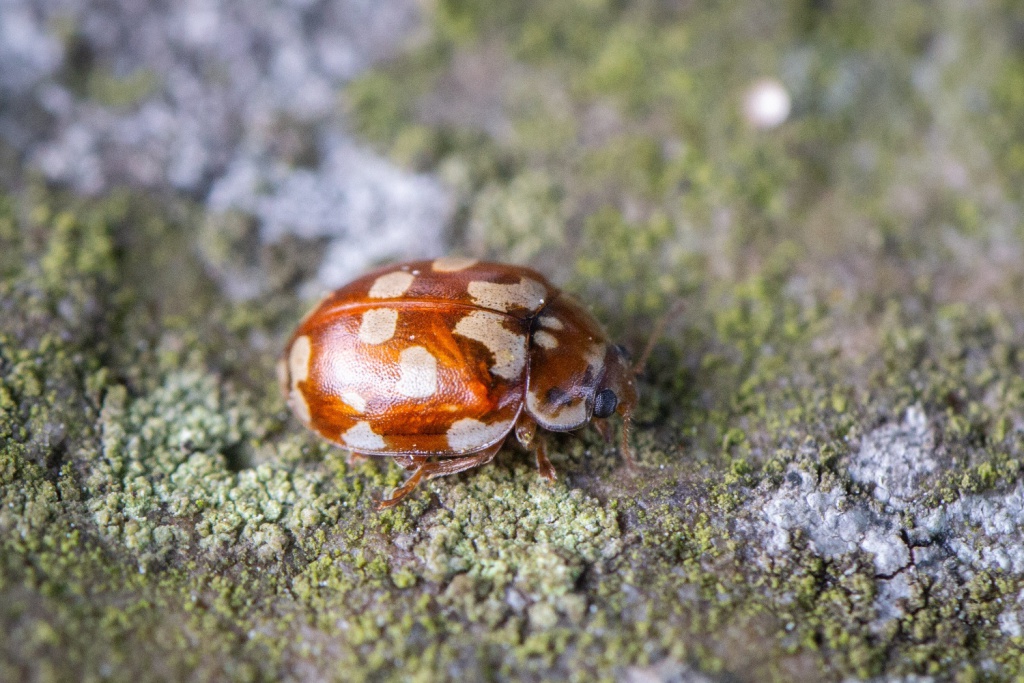
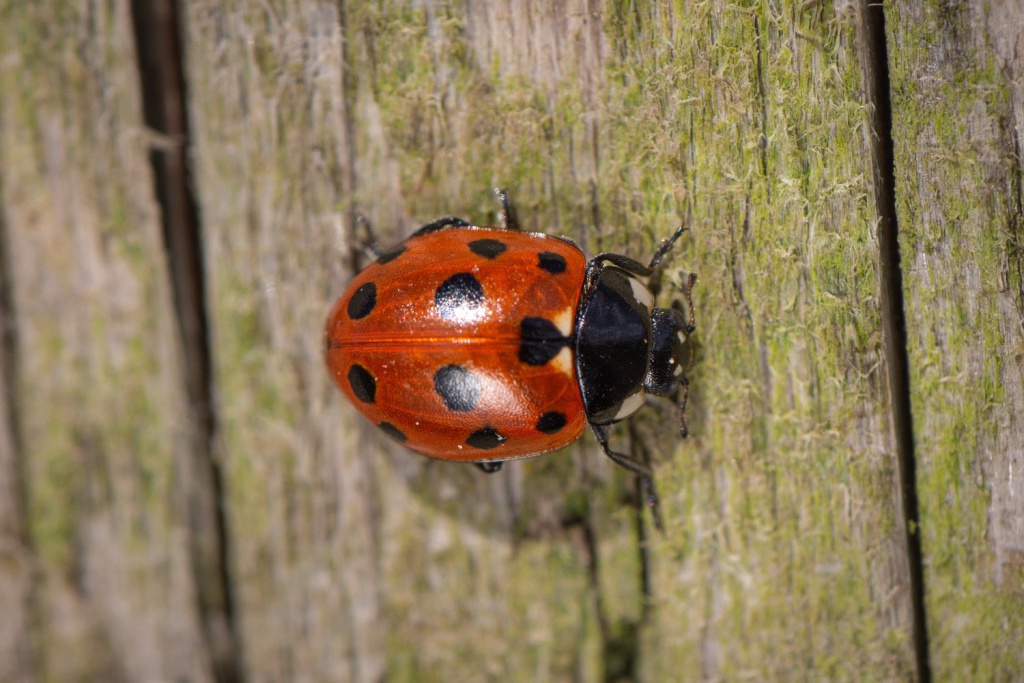
Regional Firsts
With many more people scouring the region in search of ladybirds, there were always going to be surprises. That said, we’ve been surprised at just how many there’ve been! From county firsts to firsts for the entire region, you’ve been setting records left, right, and centre. The tiny inconspicuous ladybird, Rhyzobius Chrysomeloides (15 sightings), demonstrates this perfectly. Found for the first time in the North East in an unassuming patch of pine trees at Silverlink Business Park, it has since been discovered at several sites nearby – the only known populations North of Lancaster!
On a more local scale, together you have revealed other highlights: the first 18-spot Ladybird (40 sightings) for North Northumberland, found by local naturalist Sarah Lewington, and the first Spotted Marsh Ladybird (1 sighting) for South Northumberland are just two examples.
Urban Habitats
With many citizen scientists living and working in urban areas, many of the sightings shared to date have come from our towns and cities. While you may not think the concrete jungle could provide a haven for ladybirds, your sightings are showing otherwise.
From city cemeteries to roundabouts, roadsides and urban parks, you’ve been scouring a variety of urban locations and making many great discoveries. For example, you have now recorded 14 ladybird species in a single cemetery in Jesmond, including rarities such as Cream-streaked and 18-spot Ladybirds. Elsewhere, places such as Ouseburn, Morpeth and Durham city centre have also produced good results. As more sightings are shared, we’ll surely find out more about the relationship between ladybirds and our urban spaces.
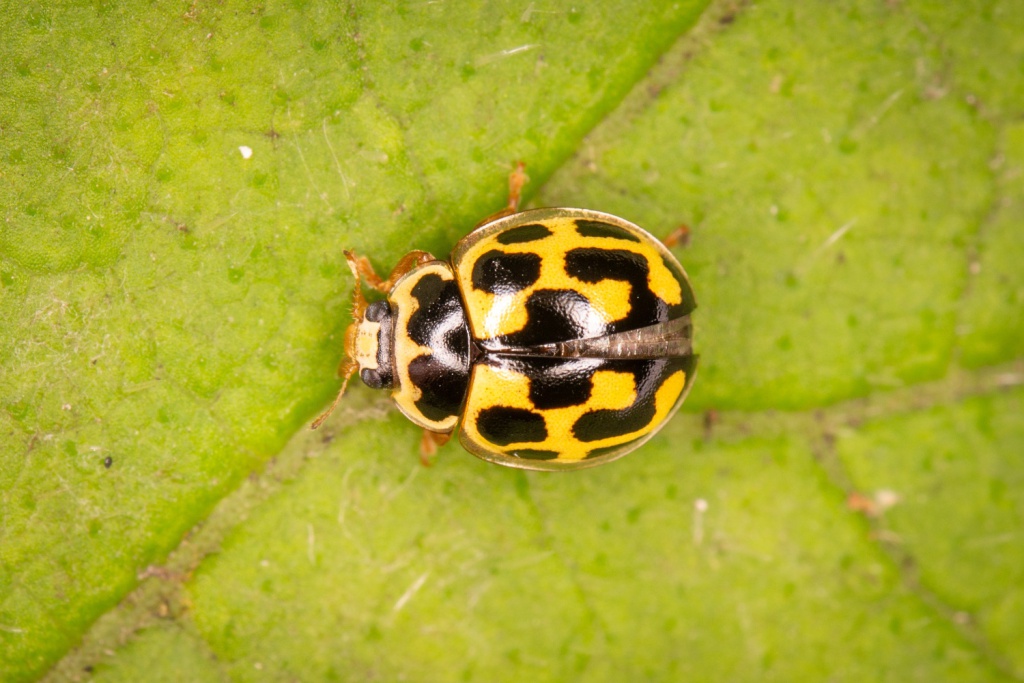
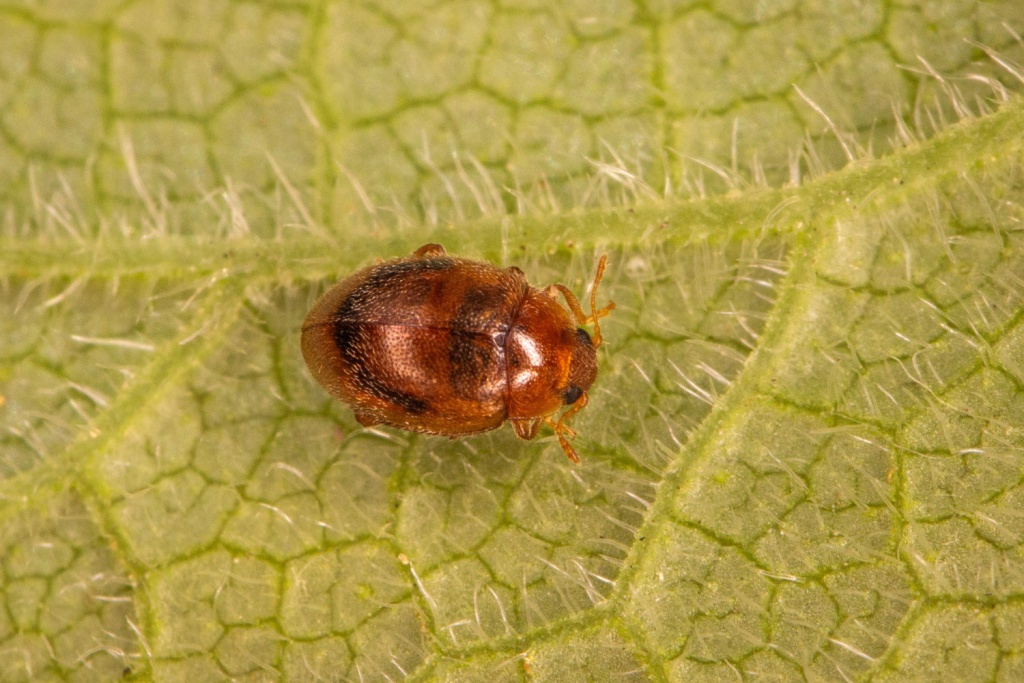
More still to come?
Unlike other insects, it is possible to find ladybirds all year round. With much of Summer still remaining, and plenty of ladybird recording to be done in the winter months, we’d love as many people as possible to join the North East Ladybird Spot. Taking part is good fun and, new for 2023, we have made it simpler to take part on iRecord. Simply sign up once to the project here and any sightings you share across the region will automatically be counted.
For many species, there is still a great deal to learn about their distribution in the North East (I’m looking at you 11-spot Ladybird). Your sightings are and will continue to make a world of difference for these wonderful little insects.
Join the North East Ladybird Spot ›
You can help monitor and protect the North East’s ladybirds.
Shared with the UK Ladybird Survey, your sightings help inform conservation efforts for these important beetles.
Join the North East Ladybird Spot today to make a difference for these colourful insects. Taking part is fun, easy, and makes a real difference.
